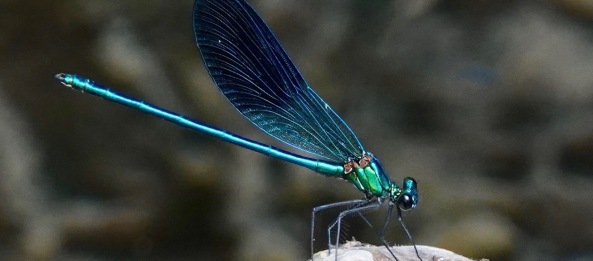2019 saw me joining into Dragonfly recording in my area of Cyprus.
I know…it seems like a random thing to do, but, you know I like to take photographs and, why not ? Fresh air and enjoying nature is something that I have discovered is beneficial to my mind, so this is a double benefit.
There is a Dragonfly study group in Cyprus and a chance photograph of mine of a dragonfly into a local biodiversity Facebook group, led to a very old friend of mine contacting me to ask if I would be interested in accompanying her for her monthly recording for said study group.
As she lives in the next village and completes records for our local river valleys, I jumped at it.
In the company of a knowledgeable person, nature is that much more interesting.
So 4 times a month, we head off out to 2 river valley sites which are diverse in nature, searching for damselflies and dragonflies. At this stage, as there is diversity in nature and searching for one thing leads to another, I discovered how beautiful butterflies are too, especially for photography…( the butterfly posts are yet to come…)
To be quite honest, I didn’t have a clue what a Damselfly was, what it looked like and how you need to to have acute awareness to spot the tiny ones.
Once I blundered around for a while, marvelling at my friend’s ability to spot the tiniest of creatures, I was thrilled to start spotting them myself.
Damselflies are insects of the suborder Zygoptera in the order Odonata. They are similar to dragonflies, which constitute the other odonatan suborder, Anisoptera, but are smaller, have slimmer bodies, and most species fold the wings along the body when at rest, unlike dragonflies which hold the wings flat and away from the body. An ancient group, damselflies have existed since at least the Lower Permian, and are found on every continent except Antarctica.
One of the most obvious and to me, quite beautiful and easily spotted, owing to its shining body, is Calopteryx splendens ssp. amasina ( Bartenef, 1911). The Common name is Banded Demoiselle.
Below is a typical site for finding Calopteryx in the river areas. Wading is required. I have just bought wellingtons for the winter wading, beautiful wellingtons, black with red roses and a smart little tie thingy at the top…how wellingtons have changed! I want to wear them everyday! However, I digress, the wading environment is always beautiful…
A selection of photographs of the exquisite Calopteryx from locations in the Esouza and Diarizos areas in the Paphos district of Cyprus.















